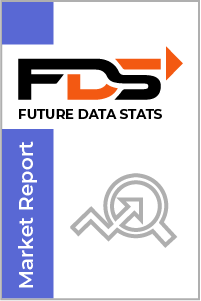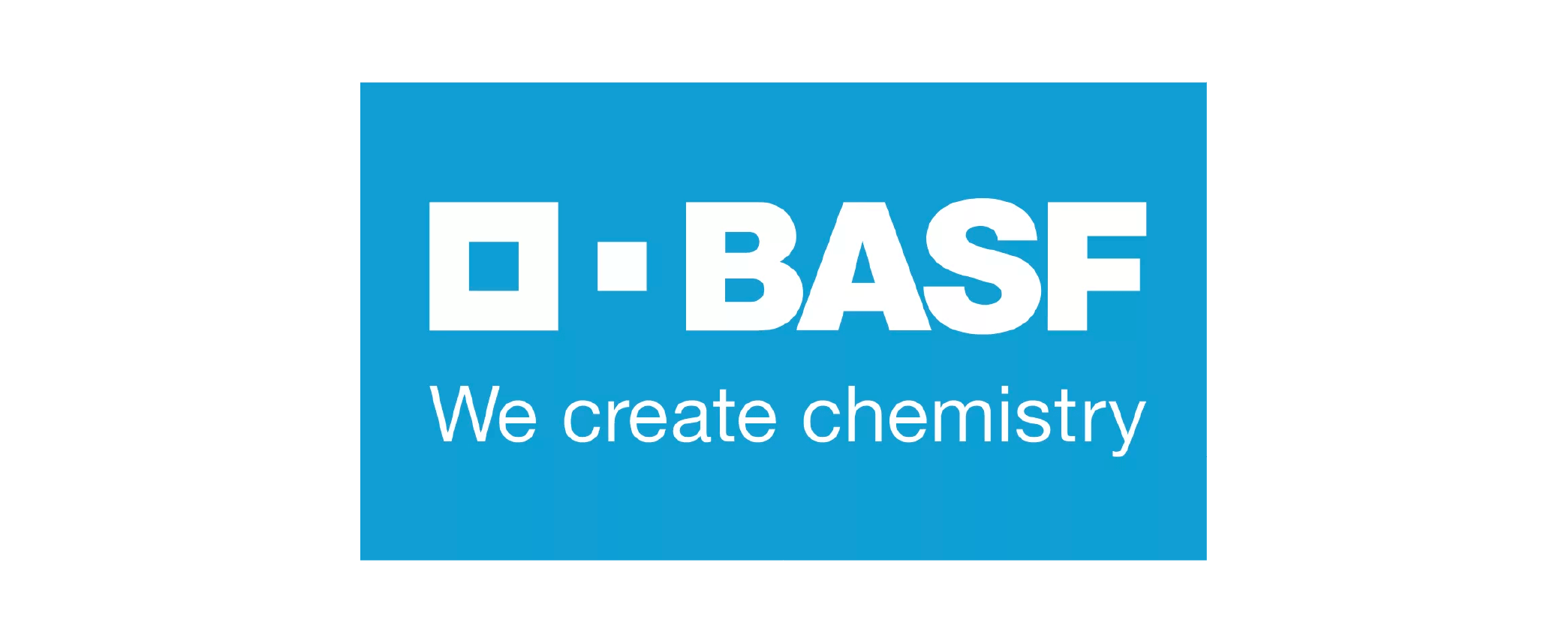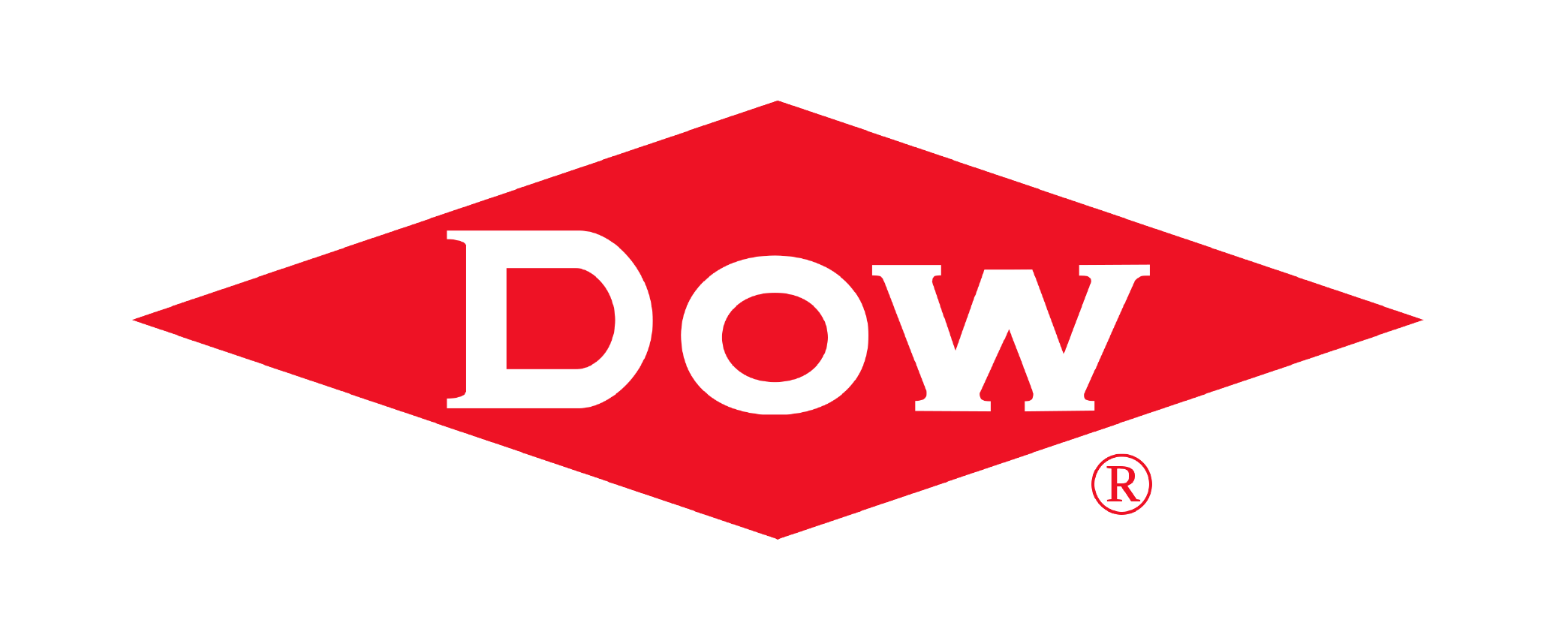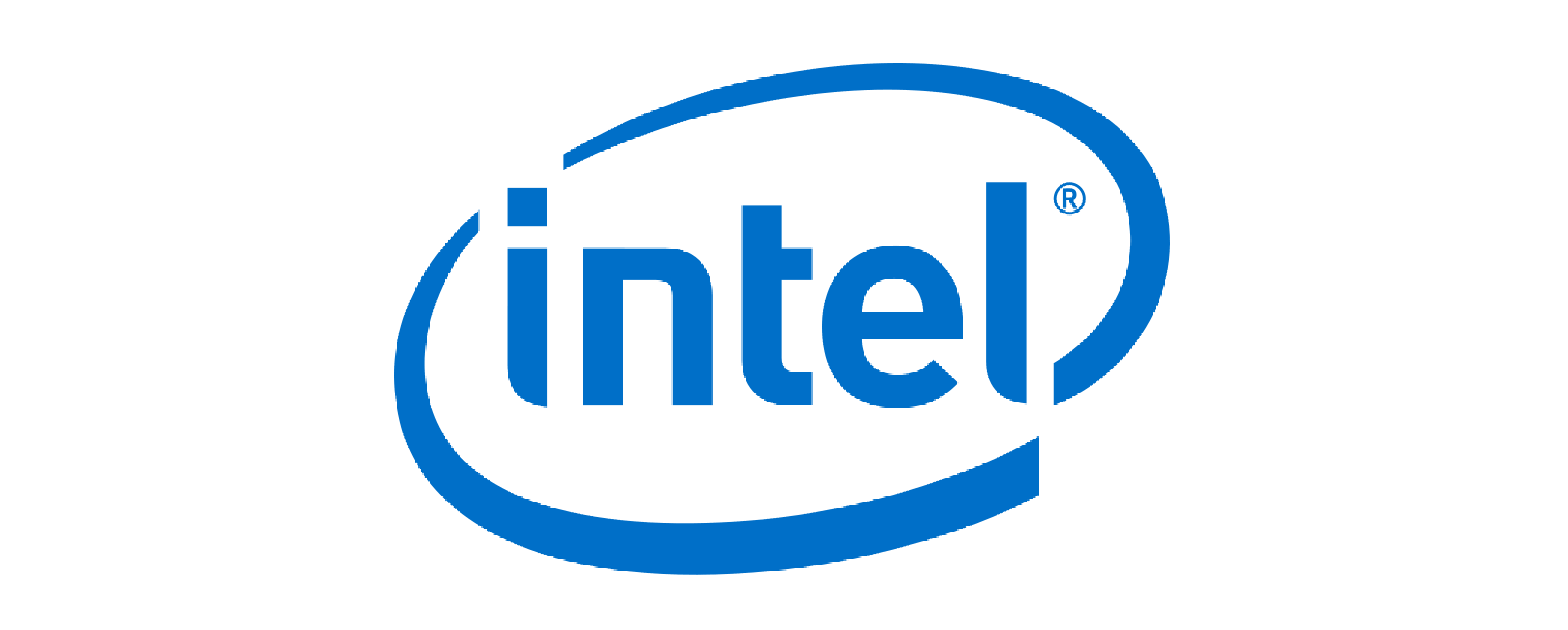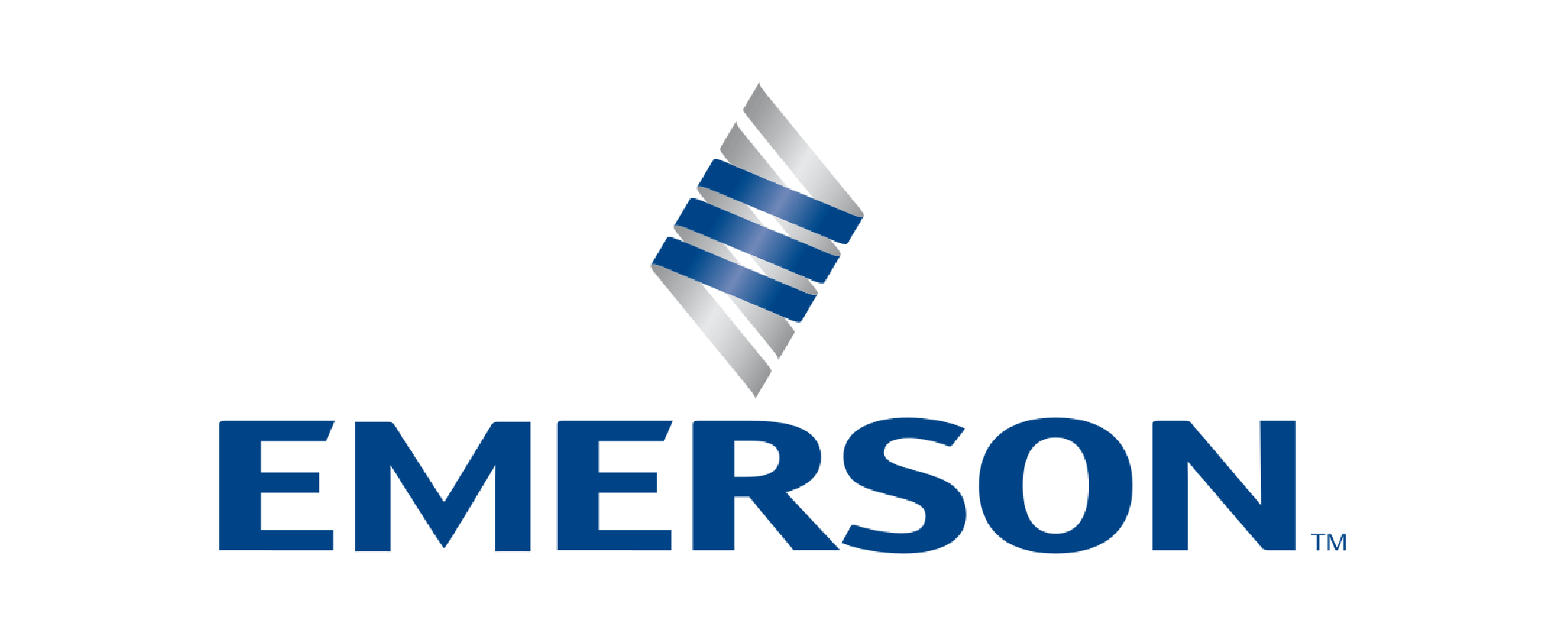The global Urban Mobility Solutions Market size was valued at USD 355.60 billion in 2023 and is projected to expand at a compound annual growth rate (CAGR) of 15.2% during the forecast period, reaching a value of USD 739.67 billion by 2030.
Urban Mobility Solutions Market research report by Future Data Stats, offers a comprehensive view of the market's historical data from 2018 to 2021, capturing trends, growth patterns, and key drivers. It establishes 2022 as the base year, analyzing the market landscape, consumer behavior, competition, and regulations. Additionally, the report presents a well-researched forecast period from 2023 to 2030, leveraging data analysis techniques to project the market's growth trajectory, emerging opportunities, and anticipated challenges.
MARKET OVERVIEW:
Urban Mobility Solutions refer to a range of integrated strategies and technologies aimed at enhancing the efficiency and accessibility of transportation within urban areas. These solutions address the challenges posed by increasing urbanization, traffic congestion, and environmental concerns. By combining various modes of transportation such as public transit, shared mobility services, micro-mobility options like electric scooters and bikes, and even autonomous vehicles, urban mobility solutions aim to provide residents with convenient and sustainable ways to navigate cities. These innovations strive to create seamless connections between different transportation modes, reduce traffic congestion, improve air quality, and ultimately contribute to building more livable and environmentally conscious urban environments.
In essence, Urban Mobility Solutions are holistic approaches to urban transportation that emphasize convenience, accessibility, and sustainability. By integrating technology-driven solutions like mobile apps for real-time transit information, intelligent traffic management systems, and electric mobility infrastructure, these initiatives aim to transform how people move within cities. The overarching goal is to create an urban transportation ecosystem that offers diverse and flexible options for residents while reducing the negative impacts of traditional car-centric transportation systems, leading to more efficient and environmentally friendly cities.
MARKET DYNAMICS:
The Urban Mobility Solutions market is driven by a convergence of factors that respond to the evolving needs of urban populations. One of the key drivers is the escalating issue of traffic congestion and its subsequent economic and environmental implications. As urban areas continue to expand, the demand for efficient and sustainable transportation options intensifies, propelling the adoption of solutions like shared mobility services, electric vehicles, and integrated transportation platforms. Additionally, growing environmental awareness and governmental initiatives to reduce carbon emissions further stimulate the market by encouraging the adoption of electric and low-emission vehicles, thereby reshaping the urban mobility landscape.
While the market showcases promising growth prospects, it is not devoid of challenges. Infrastructural limitations and the intricacies of integrating various transportation modes remain significant barriers. Balancing the transition to new technologies without leaving certain segments of the population behind poses another challenge. However, within these challenges lie opportunities for innovation and collaboration. Forward-thinking companies and cities that invest in creating robust infrastructure, fostering public-private partnerships, and leveraging advanced data analytics to optimize transportation networks can position themselves at the forefront of the evolving urban mobility sector. This ever-evolving landscape offers a chance for stakeholders to not only address the pressing urban transportation issues but also to contribute to shaping the future of how people move within cities sustainably and seamlessly.
URBAN MOBILITY SOLUTIONS MARKET SEGMENTAL ANALYSIS
BY TYPE:
Shared mobility services, encompassing ride-sharing, car-sharing, bike-sharing, and scooter-sharing, are redefining urban transportation dynamics. These options cater to the evolving needs of urban dwellers, providing cost-effective and sustainable alternatives to traditional commuting patterns. By offering flexible mobility choices, shared services are instrumental in mitigating traffic congestion and reducing the ecological impact of transportation.
Public transportation, represented by buses, trains, subways, and light rail, continues to play a central role in urban mobility evolution. These modes of transit provide efficient and reliable options for moving large populations within cities. With a focus on accessibility and environmental responsibility, public transportation systems contribute significantly to reducing carbon emissions and promoting efficient land use. Integrating these systems with emerging solutions like shared mobility services and micro mobility options further enriches the urban mobility landscape, offering seamless and holistic travel experiences.
Micro mobility solutions, including electric scooters and electric bikes, represent another set of dominant factors in the market. These options cater to short-distance travel needs while promoting sustainability and reducing congestion. Electric scooters and bikes provide an eco-friendly alternative for urban residents, allowing them to navigate through urban areas efficiently and contribute to cleaner air. Their convenience aligns with the demand for flexible transportation choices, making micro mobility an essential part of the broader urban mobility ecosystem.
Moreover, integrated mobility platforms that facilitate planning multi-modal journeys and streamline payment processes are becoming increasingly significant. These platforms address the complexities of urban transportation by providing users with comprehensive information to optimize their routes across different modes of travel. Additionally, the rise of autonomous vehicles, such as self-driving cars and autonomous shuttles, marks a transformative phase in urban mobility. These vehicles hold the potential to reshape urban transportation by enhancing safety, efficiency, and accessibility, ultimately contributing to more connected and technologically advanced cities.
BY APPLICATION:
Commuting is a fundamental aspect, encompassing daily work commutes and school transport. The market's focus on this application acknowledges the need for efficient and reliable transportation options that reduce congestion, travel time, and the environmental impact of personal vehicles. By offering alternative solutions like ride-sharing, public transportation, and micro mobility, urban mobility solutions address the challenges of urbanization while enhancing convenience for daily commuters and school-going children alike.
Leisure travel, including weekend getaways and sightseeing, presents another vital dimension within the market. As urban dwellers seek opportunities to explore and unwind, the availability of flexible mobility options becomes crucial. Shared mobility services, micro mobility solutions, and improved public transportation systems facilitate seamless travel experiences, encouraging individuals to choose sustainable alternatives over conventional private vehicles. By enhancing access and convenience for leisure travelers, these mobility solutions contribute to reducing traffic congestion and promoting eco-friendly travel.
Last-mile connectivity and goods delivery represent additional focal points within the Urban Mobility Solutions Market. Efficiently connecting urbanites to public transportation hubs and filling gaps not covered by existing transit networks is essential for promoting a seamless urban mobility experience. Moreover, the growth of e-commerce and food delivery services has led to increased demand for convenient and timely goods deliveries. Innovative solutions, such as electric cargo bikes and shared delivery services, address these needs while contributing to reduced emissions and congestion. The market's focus on these applications demonstrates its commitment to creating holistic solutions that cater to both personal and commercial mobility requirements.
Furthermore, the evolution of smart city solutions and strategies for reducing traffic congestion underpin the market's transformative nature. Advanced technologies, data analytics, and integrated platforms are harnessed to optimize traffic management, reduce pollution, and enhance overall urban infrastructure. Carpooling initiatives and on-demand shuttle services provide alternatives to traditional single-occupancy vehicles, contributing to congestion reduction and promoting more efficient urban transportation.
BY TECHNOLOGY:
IoT-enabled solutions, such as smart traffic lights and vehicle-to-infrastructure communication, play a pivotal role in optimizing urban mobility. By seamlessly integrating traffic management systems and vehicles, these technologies enhance traffic flow, reduce congestion, and minimize travel times, contributing to more efficient and eco-friendly urban transportation networks.
The ascent of mobile apps and platforms within the market is equally impactful. Real-time transit information apps empower commuters with instant access to bus, train, and subway schedules, aiding in efficient route planning and minimizing waiting times. Digital payment systems streamline transactions, eliminating the need for physical tickets and cards, thus enhancing user experience and accelerating boarding processes. These technologies not only simplify urban mobility but also foster a more convenient and user-centric approach to public transportation.
Electric mobility solutions are at the forefront of the market's transformation, driving sustainability and reduced emissions. Electric vehicles (EVs) and the development of charging infrastructure address environmental concerns while offering viable alternatives to traditional gasoline-powered vehicles. In parallel, data analytics and AI solutions empower cities to make informed decisions based on traffic pattern analysis, resulting in optimized traffic management. Predictive maintenance for vehicles ensures the longevity of transportation systems, enhancing reliability and decreasing downtime.
Lastly, the emergence of autonomous technology, encompassing self-driving vehicles and automated parking systems, marks a technological leap forward. Self-driving vehicles promise safer, more efficient travel, with reduced human error and potential congestion. Automated parking systems alleviate the hassle of finding parking spaces, optimizing land use within urban environments.
REGIONAL ANALYSIS:
North America, a hub for technological innovation, showcases a strong adoption of integrated mobility platforms and electric mobility solutions. Europe, known for its efficient public transportation systems, further advances urban mobility with a focus on sustainable modes like cycling and well-connected transit networks. Meanwhile, the Asia Pacific region grapples with rapid urbanization, driving the need for smart city solutions and enhanced last-mile connectivity. Latin America's market growth is characterized by a mix of traditional public transit and emerging shared mobility services. Lastly, the Middle East and Africa region seeks to integrate modern mobility solutions while addressing infrastructure gaps and transforming urban landscapes.
COVID-19 IMPACT:
The Urban Mobility Solutions Market experienced significant disruption due to the COVID-19 pandemic. Lockdowns and restrictions led to reduced travel demand, impacting various segments such as shared mobility and public transportation. However, the crisis also accelerated the adoption of digital solutions like contactless payments and real-time transit information. As cities aim for post-pandemic recovery, urban mobility strategies are being reshaped to prioritize safety, flexibility, and sustainable transportation options, reflecting a paradigm shift in the way people navigate urban environments.
INDUSTRY ANALYSIS:
Mergers & Acquisitions:
- In January 2023, Ford Motor Company acquired Spin, a leading micromobility company.
- In February 2023, Uber Technologies acquired Jump, a leading e-scooter company.
- In March 2023, BMW Group acquired CleverShuttle, a leading ride-hailing company.
Product New Launches:
- In April 2023, Ford Motor Company launched its own e-scooters in select cities.
- In May 2023, Uber Technologies launched its own electric car service in select cities.
- In June 2023, BMW Group launched its own ride-hailing app in select cities.
KEY MARKET PLAYERS:
- Uber
- Lyft
- Didi Chuxing
- Grab
- Ola
- Lime
- Bird
- Moovit
- BlaBlaCar
- DiDi Mobility
- Zipcar
- Turo
- Citymapper
- Waymo
- LimeBike
- Gojek
- Bolt
- Spin
- Lime
- Tier
- Voi
- Jump
- Mobike
- Yandex.Go
- Citi Bike
- others
Table of Contents
- Introduction
- Market Overview
- Market Drivers and Challenges
- Market Trends and Innovations
- Market Segmentation
- By Type
- By Application
- By Technology
- By Region
- Shared Mobility Services
- Ride-sharing
- Car-sharing
- Bike-sharing
- Scooter-sharing
- Public Transportation Solutions
- Buses
- Trains
- Subways
- Light Rail
- Micro Mobility Solutions
- Electric Scooters
- Electric Bikes
- Integrated Mobility Platforms
- Multi-modal Journey Planning Apps
- Payment Integration Solutions
- Autonomous Vehicles in Urban Mobility
- Self-driving Cars
- Autonomous Shuttles
- Applications of Urban Mobility Solutions
- Commuting
- Leisure Travel
- Last-Mile Connectivity
- Goods Delivery
- Smart City Solutions
- Reducing Traffic Congestion
- Technological Landscape
- IoT-Enabled Solutions
- Mobile Apps and Platforms
- Electric Mobility Innovations
- Data Analytics and AI Applications
- Autonomous Technology Advancements
- Regional Analysis
- North America
- Europe
- Asia-Pacific
- Latin America
- Middle East and Africa
- Competitive Landscape
- Key Players and Profiles
- Market Strategies
- Partnerships and Collaborations
- Future Outlook and Growth Opportunities
- Conclusion
Urban Mobility Solutions Market Segmentation
By Type:
- Shared Mobility Services:
- Ride-sharing
- Car-sharing
- Bike-sharing
- Scooter-sharing
- Public Transportation:
- Buses
- Trains
- Subways
- Light Rail
- Micro Mobility Solutions:
- Electric Scooters
- Electric Bikes
- Integrated Mobility Platforms:
- Apps for Planning Multi-modal Journeys
- Payment Integration for Various Modes
- Autonomous Vehicles:
- Self-driving Cars
- Autonomous Shuttles
By Application:
- Commuting:
- Daily Work Commutes
- School Transport
- Leisure Travel:
- Weekend Getaways
- Sightseeing
- Last-Mile Connectivity:
- Connecting to Public Transport
- Reaching Destinations Not Covered by Public Transport
- Goods Delivery:
- Food Delivery
- E-commerce Deliveries
- Smart City Solutions:
- Traffic Management
- Pollution Reduction
- Infrastructure Optimization
- Reducing Traffic Congestion:
- Carpooling
- On-demand Shuttles
By Technology:
- IoT-Enabled Solutions:
- Smart Traffic Lights
- Vehicle-to-Infrastructure Communication
- Mobile Apps and Platforms:
- Real-time Transit Information
- Digital Payment Systems
- Electric Mobility:
- Electric Vehicles
- Charging Infrastructure
- Data Analytics and AI:
- Traffic Pattern Analysis
- Predictive Maintenance for Vehicles
- Autonomous Technology:
- Self-driving Vehicles
- Automated Parking Systems
By Geography:
- North America (USA, Canada, Mexico)
- Europe (Germany, UK, France, Russia, Italy, Rest of Europe)
- Asia-Pacific (China, Japan, South Korea, India, Southeast Asia, Rest of Asia-Pacific)
- South America (Brazil, Argentina, Columbia, Rest of South America)
- Middle East and Africa (Saudi Arabia, UAE, Egypt, Nigeria, South Africa, Rest of MEA)
Key Reasons to Buy this Report
- Comprehensive Insights: Market research reports provide in-depth and comprehensive insights into various industries, markets, and sectors. These reports are prepared after extensive data collection, analysis, and interpretation, offering you valuable information and a clear understanding of market trends, dynamics, and opportunities.
- Future Predictions: Market research reports often include future data statistics, forecasts, and predictions. These predictions are based on rigorous analysis and modeling techniques, taking into account various factors such as market growth drivers, challenges, and emerging trends. By accessing these future data stats, you can make informed decisions and develop strategies that align with the projected market scenarios.
- Industry Analysis: Market research reports offer detailed industry analysis, including factors such as market size, market share, competitive landscape, and key players. These reports provide an overview of the industry's current status, growth potential, and competitive dynamics, enabling you to identify lucrative opportunities and stay ahead of the competition.
- Market Trends and Opportunities: By purchasing market research reports, you gain access to up-to-date information on market trends and emerging opportunities. These reports highlight the latest consumer preferences, technological advancements, regulatory changes, and other influential factors shaping the market landscape. Keeping track of these trends helps you identify potential growth areas and adapt your business strategies accordingly.
- Risk Mitigation: Investing in a market research report can help mitigate risks associated with market uncertainties. The reports provide insights into potential risks, challenges, and barriers to entry in specific markets or industries. With this knowledge, you can develop risk mitigation strategies, anticipate market fluctuations, and make informed decisions to minimize potential losses.
- Investment Decision Support: Market research reports are valuable tools for investors, venture capitalists, and financial institutions. These reports provide reliable and data-driven information that aids in investment decision-making processes. By analyzing market research reports, investors can evaluate the market potential, assess the feasibility of investment opportunities, and gauge the expected returns on investment.
- Product Development and Innovation: Market research reports offer insights into consumer preferences, needs, and demands. This information can be leveraged for product development and innovation. By understanding the market dynamics and consumer behavior, you can tailor your products or services to meet the evolving needs of your target audience, leading to enhanced customer satisfaction and market success.
- Strategic Planning: Market research reports serve as a foundation for strategic planning. They provide a comprehensive overview of the market landscape, competitive positioning, and growth potential. With this knowledge, you can develop effective business strategies, set realistic goals, and allocate resources efficiently. Strategic planning based on accurate market research helps optimize your operations and improve your chances of success.
- Market Entry and Expansion: For businesses looking to enter new markets or expand their existing operations, market research reports are indispensable. These reports provide insights into market dynamics, consumer behavior, regulatory frameworks, and competitive landscapes specific to the target markets. This information helps you assess the feasibility of market entry, identify potential obstacles, and develop market entry strategies that increase your chances of success.
- Evidence-Based Decision Making: Market research reports provide evidence-based data and analysis, enabling you to make informed decisions. Rather than relying on assumptions or guesswork, you can base your decisions on reliable information and market insights. Evidence-based decision making reduces the risk of costly mistakes and increases the likelihood of achieving your business objectives.
RESEARCH METHODOLOGY
With a collective industry experience of about 70 years of analysts and experts, Future Data Stats encompasses the most infallible research methodology for its market intelligence and industry analysis. Not only does the company dig deep into the innermost levels of the market, but also examines the minutest details for its market estimates and forecasts.
This approach helps build a greater market-specific view of size, shape, and industry trends within each industry segment. Various industry trends and real-time developments are factored into identifying key growth factors and the future course of the market. The research proceeds are the results of high-quality data, expert views & analysis, and valuable independent opinions. The research process is designed to deliver a balanced view of the global markets and allows stakeholders to make informed decisions, to attain their highest growth objectives.
Future Data Stats offers its clients exhaustive research and analysis, based on a wide variety of factual inputs, which largely include interviews with industry participants, reliable statistics, and regional intelligence. The in-house industry experts play an instrumental role in designing analytic tools and models, tailored to the requirements of a particular industry segment. These analytical tools and models distill the data & statistics and enhance the accuracy of our recommendations and advice.
With Future Data Stats calibrated research process and 360° data-evaluation methodology, the clients receive:
- Consistent, valuable, robust, and actionable data & analysis that can easily be referenced for strategic business planning
- Technologically sophisticated and reliable insights through a well-audited and veracious research methodology
- Sovereign research proceeds that present a tangible depiction of the marketplace
With this strong methodology, Future Data Stats ensures that its research and analysis is most reliable and guarantees sound business planning.
The research methodology of the global market involves extensive primary and secondary research. Primary research includes about 24 hours of interviews and discussions with a wide range of stakeholders that include upstream and downstream participants. Primary research typically is a bulk of our research efforts, coherently supported by extensive secondary research. Over 3000 product literature, industry releases, annual reports, and other such documents of key industry participants have been reviewed to obtain a better market understanding and gain enhanced competitive intelligence. In addition, authentic industry journals, trade associations’ releases, and government websites have also been reviewed to generate high-value industry insights.
Primary Research:
|
Primary Research
|
Desk Research
|
Company Analysis
|
|
• Identify key opinion leaders • Questionnaire design • In-depth Interviews • Coverage across the value chain
|
• Company Website • Company Annual Reports • Paid Databases • Financial Reports
|
• Market Participants • Key Strengths • Product Portfolio • Mapping as per Value Chain • Key focus segment
|
Primary research efforts include reaching out to participants through emails, telephonic conversations, referrals, and professional corporate relations with various companies that make way for greater flexibility in reaching out to industry participants and commentators for interviews and discussions.
The aforementioned helps to:
- Validate and improve data quality and strengthen the research proceeds
- Develop a market understanding and expertise
- Supply authentic information about the market size, share, growth, and forecasts
The primary research interview and discussion panels comprise experienced industry personnel.
These participants include, but are not limited to:
- Chief executives and VPs of leading corporations specific to an industry
- Product and sales managers or country heads; channel partners & top-level distributors; banking, investments, and valuation experts
- Key opinion leaders (KOLs)
Secondary Research:
A broad array of industry sources for the secondary research typically includes, but is not limited to:
- Company SEC filings, annual reports, company websites, broker & financial reports, and investor presentations for a competitive scenario and shape of the industry
- Patent and regulatory databases to understand technical & legal developments
- Scientific and technical writings for product information and related preemptions
- Regional government and statistical databases for macro analysis
- Authentic news articles, web-casts, and other related releases to evaluate the market
- Internal and external proprietary databases, key market indicators, and relevant press releases for market estimates and forecasts
|
PRIMARY SOURCES |
DATA SOURCES |
|
• Top executives of end-use industries • C-level executives of the leading Parenteral Nutrition companies • Sales manager and regional sales manager of the Parenteral Nutrition companies • Industry Consultants • Distributors/Suppliers
|
• Annual Reports • Presentations • Company Websites • Press Releases • News Articles • Government Agencies’ Publications • Industry Publications • Paid Databases
|
Analyst Tools and Models:
|
BOTTOM-UP APPROACH |
TOP-DOWN APPROACH |
|
· Arriving at · Arriving at · Market Share · Key Market Players |
· Key Market Players · Market Share · Arriving at · Arriving at |
Urban Mobility Solutions Market Dynamic Factors
Drivers:
- Increasing urbanization and population density
- Traffic congestion and pollution concerns
- Government initiatives for sustainable transportation
- Rise of smart city concepts
- Technological advancements in electric mobility and IoT
Restraints:
- Infrastructure limitations and funding challenges
- Regulatory hurdles and legal complexities
- Resistance to change from traditional transportation modes
- Privacy and security concerns related to data sharing
- Initial high costs of implementing new technologies
Opportunities:
- Growing demand for shared and eco-friendly mobility options
- Integration of AI and data analytics for improved traffic management
- Rise of micro mobility solutions for short-distance travel
- Collaborations between public and private sectors for integrated mobility platforms
- Potential for autonomous vehicles to reshape urban transportation
Challenges:
- Balancing the transition to new technologies with accessibility for all
- Ensuring equitable distribution of benefits across diverse populations
- Overcoming resistance to behavioral changes in transportation habits
- Addressing concerns related to data privacy and security
- Adapting to evolving consumer preferences and market dynamics
Frequently Asked Questions
